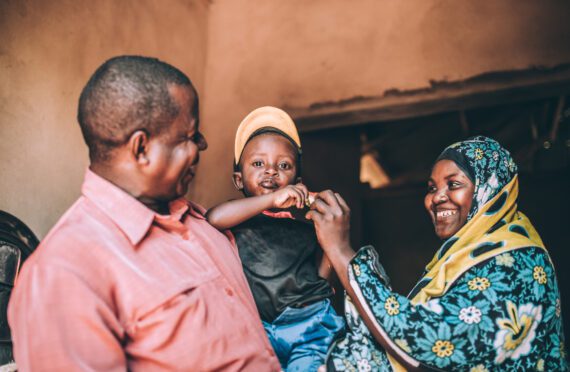By Michele Learner
As my colleague Todd Post said in a related piece reflecting on the UN Food Systems Summit, one outcome of the summit has been the founding of new coalitions aimed at solving some of the broadest problems in the food system, such as food loss and food waste.
In their remarks at the summit, heads of state agreed that a systems approach is essential. I found it encouraging to see the list of more than 300 commitments that national governments and other leaders made at the summit. My hope is based more on these being “good first steps” than on their projected tangible achievements. As with the Sustainable Development Goals and Millennium Development Goals processes, it is essential for political leaders to understand and “buy in” to the necessity of acting urgently to respond to several major problems in the global food system. A multifaceted follow-up initiative is needed. It is not only about holding leaders accountable for keeping their commitments, but also providing them with the right information and support in making decisions.
“Taking a systems approach” sounds more complicated than it is. The fact is that viewing problems in the food system in isolation and trying to solve them in isolation has not worked well as people struggle against malnutrition and hunger, climate change, inequality, and environmental degradation. This is because these are systemic problems. Decisions made in one part of the food system—for example, whether farmers in an eastern province assess their land to be suitable for growing vegetables—affect many other parts. It could determine whether schools many miles away are able to buy large enough quantities of affordable spinach and tomatoes to serve their students for lunch.
One example of a systems approach that Bread for the World has been supporting is the Nourish the Future proposal, which focuses on making faster progress against early childhood malnutrition. As a systems approach, Nourish the Future emphasizes the interconnectedness of issues that are too often met with “siloed” responses and decisions made in isolation. Two such inextricably linked areas are the food system and the health system. For more from Bread on Nourish the Future, see this piece from last month and “Investing More to Nourish the Future.”
As mentioned in earlier pieces in Institute Insights, the planners of the Food Systems Summit departed from traditional ways of preparing for such an event by emphasizing the importance of hearing from all stakeholders—farmers, market women, people who belong to groups that have been marginalized in their communities, consumers with the least purchasing power, and the list goes on. The summit organizers created a system of “dialogues” to enable stakeholders to share their views. Thousands of dialogues were held, some government-led and some independent. Bread for the World co-hosted an Independent Dialogue with organizations representing U.S. Black farmers.
The most encouraging takeaway from the summit for me was the fact that all these dialogues took place, creating the potential for sustained group efforts to improve all facets of the food system. Bread members and other advocates know the power of collective action—it is at the heart of all Bread’s legislative victories.
Summit organizers prepared detailed synthesis reports, making a valiant effort to identify themes and priorities that thousands of food system stakeholders have in common. One such report covered more than 450 dialogues that were held all over the world,ultimately identifying 27 prominent themes. Nutrition was the subject of many of the dialogues, but within this broad area were quite a variety of topics–everything from “the role of livestock in establishing a sustainable food supply,” to “preserving Indonesian traditional foods for nutrition,” to “powering the seaweed revolution.”
Summit organizers also collected information about dialogue participants. For example, about half the dialogues were led by youth, and almost half were led by women. Organizers also built a database that captures individual opinions and many other details.
Something else that I noticed may seem abstract at first, but it could prove to be one of the most enduring achievements of the summit. This is the value of introducing many thousands of food system workers and other stakeholders to the idea of “systems” and ways in which this concept can help them solve problems.
The authors of the synthesis report make this point clearly. They noted that the entire Food Systems Summit process featured a great deal of rhetoric about “systems thinking,” but far fewer instances where people were observed actually “thinking in systems.” They concluded, “The transition from simple, linear project and program thinking to systems thinking constitutes a substantial change in worldview. It is a paradigm shift of major proportions for many. The Food Systems Summit has initiated that transition but maintaining and deepening it will require ongoing attention and support.”
This last sentence could also be a broader takeaway from the Food Systems Summit. Robust and sustained follow-up of such a large convening is at least as important as planning and actually holding the event. Follow-up initiatives are likely to be the most important determinant of whether, in hindsight, this first-ever summit on the global food system is viewed as a success.
Michele Learner is managing editor with Bread for the World.



